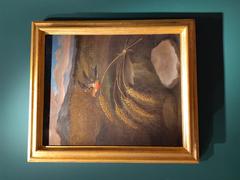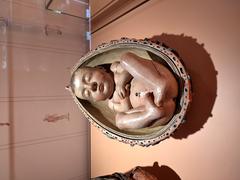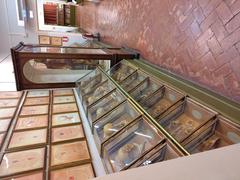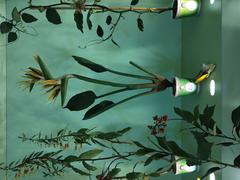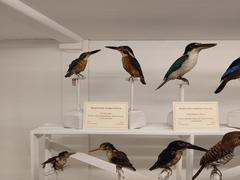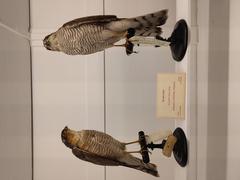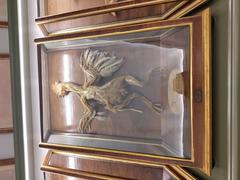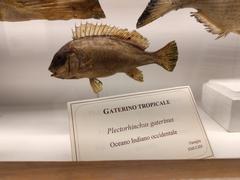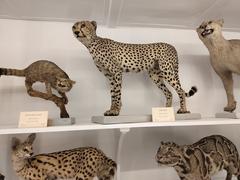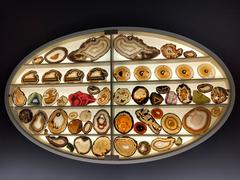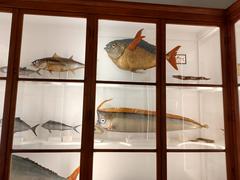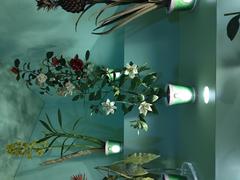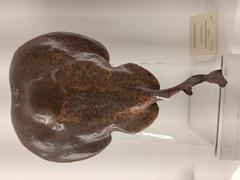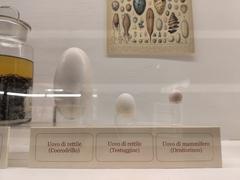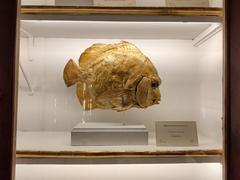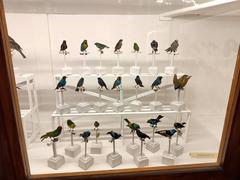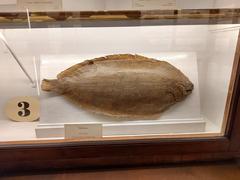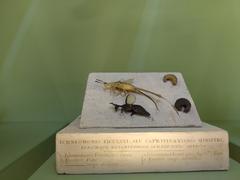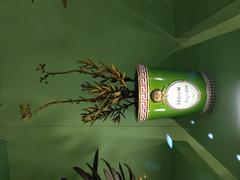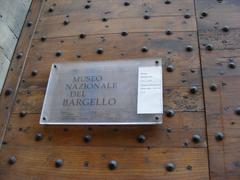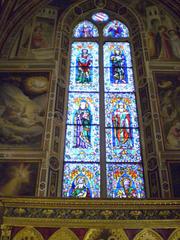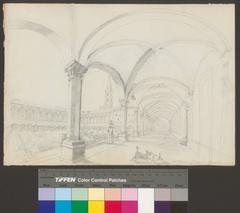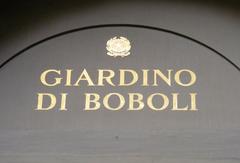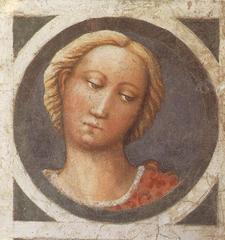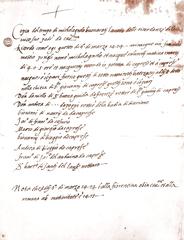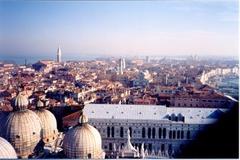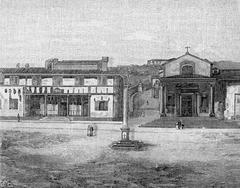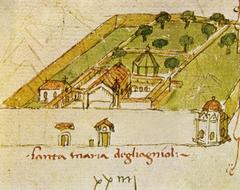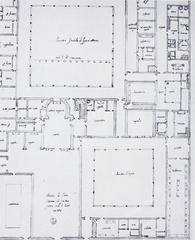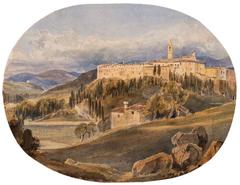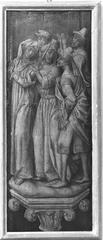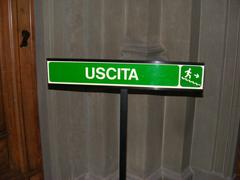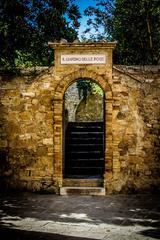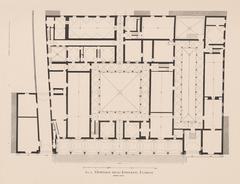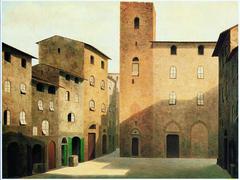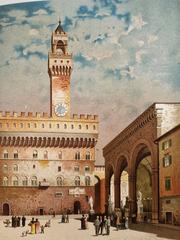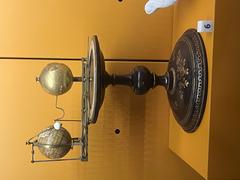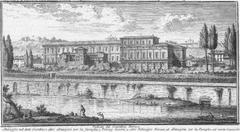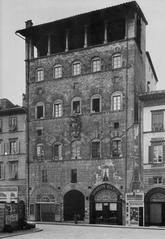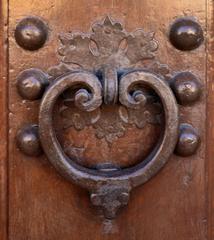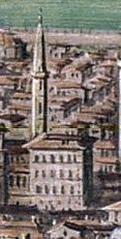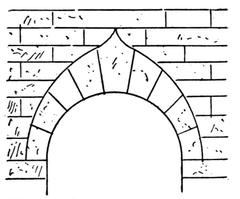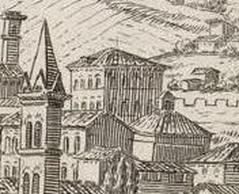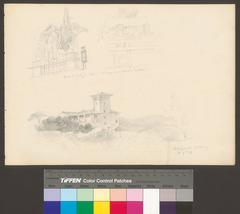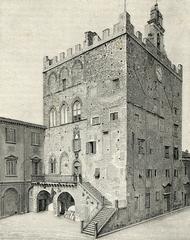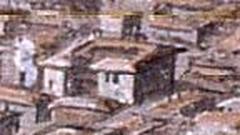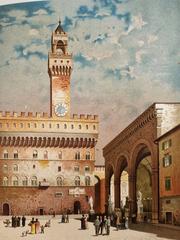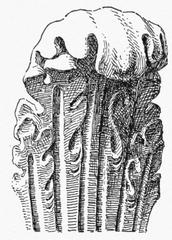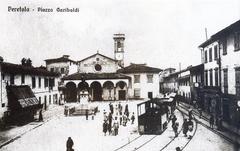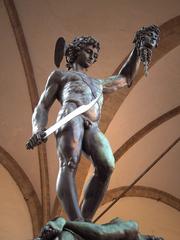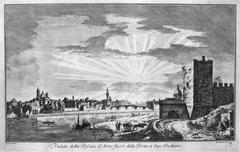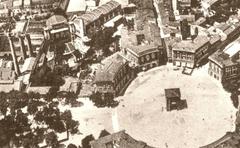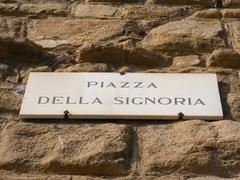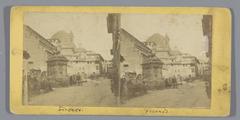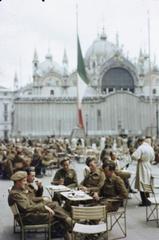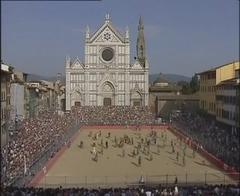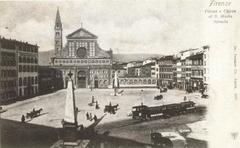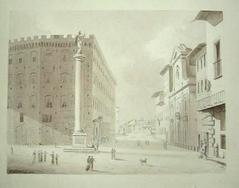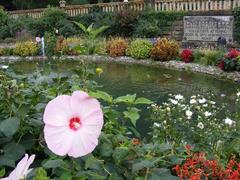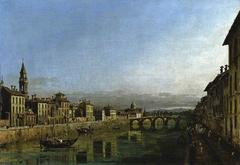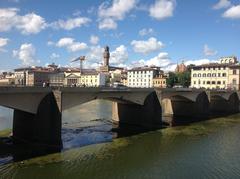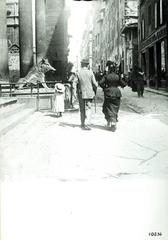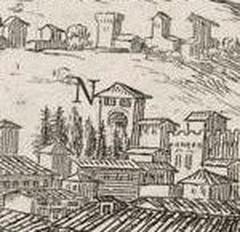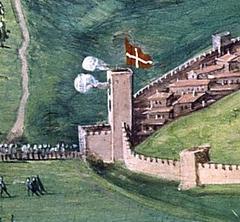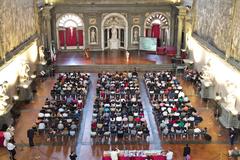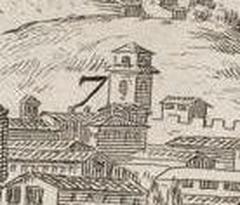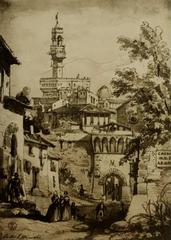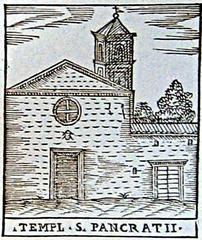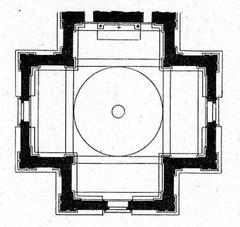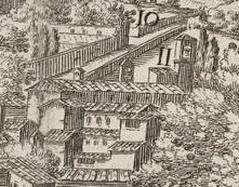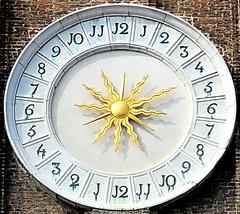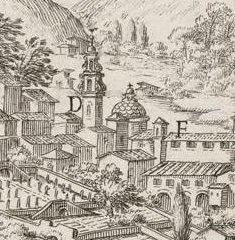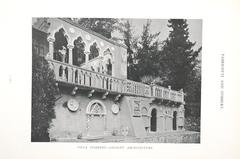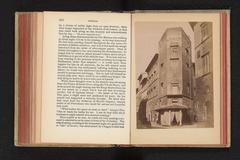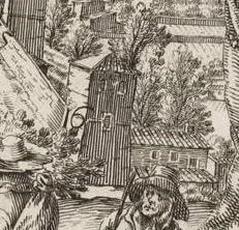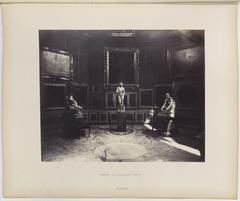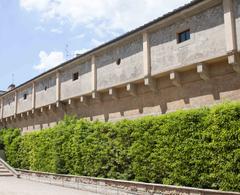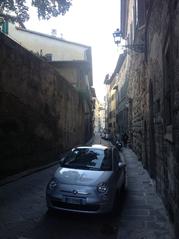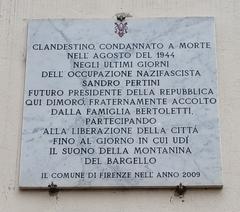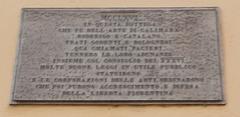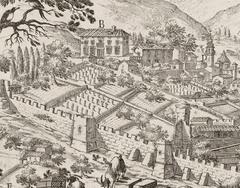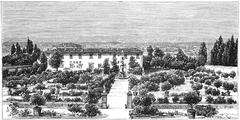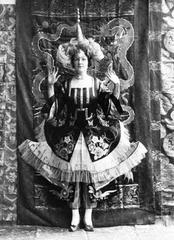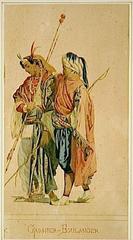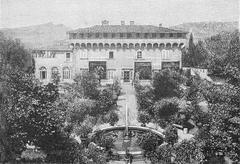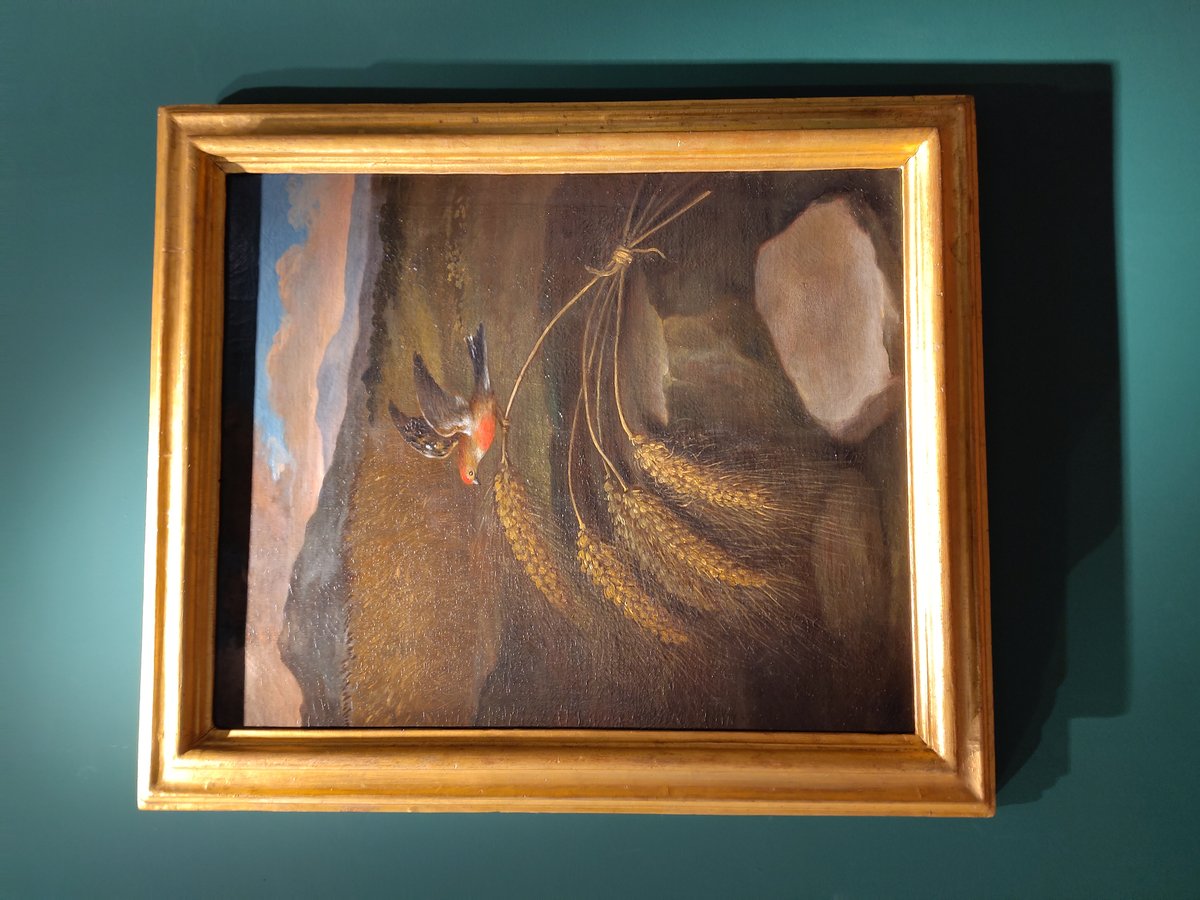
Visiting Hours, Tickets, and Key Information for La Specola, Florence
Published Date: 19/07/2024
Introduction to La Specola
Discover one of Florence’s hidden gems, La Specola, officially known as the Museo di Storia Naturale di Firenze. Established in 1775 by Grand Duke Peter Leopold of Lorraine, La Specola stands as one of the oldest science museums in Europe. Its rich history and vast collections make it a must-visit destination for anyone interested in natural history and scientific discovery (Museo di Storia Naturale di Firenze).
Housed in the historic Palazzo Torrigiani, a 16th-century building, La Specola’s architecture alone is a marvel that reflects the Enlightenment ideals of the time, emphasizing the importance of science and education. The museum’s name, derived from the Italian word for observatory, hints at its original purpose as a center for astronomical studies. Today, it serves as a repository for over 3.5 million specimens spanning zoology, botany, geology, and anatomy. Among its most famous exhibits are the intricate anatomical wax models crafted by artisans like Clemente Susini, which offer detailed insights into human anatomy and are considered masterpieces of scientific art (Museo di Storia Naturale di Firenze).
Whether you’re a history buff, a science enthusiast, or simply looking for an enriching cultural experience in Florence, La Specola offers something for everyone. This comprehensive guide will delve into the museum’s history, significance, and practical visitor information, ensuring you make the most of your visit.
Content Overview
- Introduction
- History and Significance of La Specola
- Origins and Establishment
- Architectural Significance
- Collections and Exhibits
- Anatomical Wax Models
- Zoological Collection
- Mineralogy and Lithology
- Paleontology
- Botanical Collection
- Astronomy and Meteorology
- Historical Artifacts
- Temporary Exhibits
- Visitor Information
- Tickets and Visiting Hours
- How to Get There
- Best Time to Visit
- Guided Tours and Educational Programs
- Accessibility
- Photography and Conduct
- Nearby Attractions
- Boboli Gardens
- Pitti Palace
- Brancacci Chapel
- Dining Options
- Souvenirs and Shopping
- Special Events and Tours
- Modernization and Future Prospects
- FAQ
- Conclusion
History and Significance of La Specola
Origins and Establishment
La Specola was established in 1775 by Grand Duke Peter Leopold of Lorraine. It is one of the oldest science museums in Europe and was initially part of the Imperial and Royal Museum of Physics and Natural History. The museum was created to house the extensive collections of natural specimens and scientific instruments amassed by the Medici family and later expanded by the Lorraine dynasty. The name “La Specola” is derived from the Italian word for observatory, reflecting its original purpose as a center for astronomical studies.
Architectural Significance
The museum is housed in the Palazzo Torrigiani, a historic building dating back to the 16th century. The architecture of the building itself is a significant aspect of the museum’s history. The Palazzo Torrigiani was adapted to accommodate the museum’s collections, with specific rooms designed to display various types of specimens. The building’s design reflects the Enlightenment ideals of the time, emphasizing the importance of science and education.
Collections and Exhibits
Anatomical Wax Models
One of the most renowned exhibits at La Specola is its collection of anatomical wax models. These models were created in the 18th century and are considered masterpieces of both art and science. The collection was initially developed for educational purposes, allowing medical students to study human anatomy in detail without the need for cadavers. The models are incredibly detailed, showcasing muscles, organs, and even the nervous system with remarkable accuracy. Visitors can view these models in the “Sala delle Cere” (Wax Model Room), which houses over 1,400 pieces. The most famous of these is the “Venus,” a life-sized female figure that can be dissected layer by layer to reveal the internal organs (Museo di Storia Naturale di Firenze).
Zoological Collection
La Specola boasts an extensive zoological collection, one of the largest in Europe. The collection includes over 3.5 million specimens, ranging from insects to large mammals. The exhibits are organized taxonomically, making it easy for visitors to understand the diversity of the animal kingdom. Highlights include the skeleton of a giant whale, a rare specimen of the extinct quagga (a subspecies of the plains zebra), and a comprehensive collection of birds, reptiles, and amphibians. The zoological section also features dioramas that recreate natural habitats, providing context and enhancing the educational experience (Museo di Storia Naturale di Firenze).
Mineralogy and Lithology
The mineralogy and lithology section of La Specola is a treasure trove for geology enthusiasts. This exhibit features a vast array of minerals, rocks, and gemstones from around the world. The collection includes rare and valuable specimens, such as large quartz crystals, precious gemstones like emeralds and sapphires, and unique geological formations. One of the standout pieces is a large amethyst geode, which is both visually stunning and scientifically significant. The exhibit also includes educational displays that explain the formation and classification of minerals, making it accessible to visitors of all ages (Museo di Storia Naturale di Firenze).
Paleontology
The paleontology section at La Specola offers a fascinating journey through the history of life on Earth. The exhibit features an impressive collection of fossils, including dinosaur bones, prehistoric marine creatures, and ancient plants. One of the highlights is the skeleton of a Deinotherium, an extinct relative of modern elephants, which stands prominently in the center of the exhibit. The paleontology section also includes interactive displays and educational panels that explain the process of fossilization and the methods used by paleontologists to study ancient life forms (Museo di Storia Naturale di Firenze).
Botanical Collection
La Specola’s botanical collection is another highlight, featuring a wide variety of plant specimens from around the world. The collection includes dried plants, seeds, and botanical illustrations, providing a comprehensive overview of plant diversity. One of the unique aspects of this exhibit is the inclusion of historical botanical books and manuscripts, which offer insights into the history of botanical science. The botanical section also features educational displays on plant anatomy, physiology, and ecology, making it a valuable resource for both casual visitors and serious students of botany (Museo di Storia Naturale di Firenze).
Astronomy and Meteorology
The astronomy and meteorology section at La Specola is dedicated to the study of the cosmos and the Earth’s atmosphere. This exhibit features a variety of astronomical instruments, including telescopes, astrolabes, and celestial globes, some of which date back to the Renaissance. The collection also includes meteorological instruments, such as barometers and thermometers, which were used to study weather patterns and atmospheric phenomena. One of the highlights is a large orrery, a mechanical model of the solar system that demonstrates the relative positions and motions of the planets. The exhibit also includes educational panels that explain the principles of astronomy and meteorology, making it accessible to visitors of all ages (Museo di Storia Naturale di Firenze).
Historical Artifacts
In addition to its scientific exhibits, La Specola also houses a collection of historical artifacts that provide insights into the history of science and medicine. This collection includes antique medical instruments, historical documents, and personal items belonging to notable scientists. One of the standout pieces is a collection of surgical instruments from the 18th century, which offers a glimpse into the medical practices of the time. The historical artifacts section also includes displays on the history of the museum itself, highlighting its role in the development of scientific knowledge and education (Museo di Storia Naturale di Firenze).
Temporary Exhibits
La Specola regularly hosts temporary exhibits that focus on specific themes or recent scientific discoveries. These exhibits provide an opportunity for visitors to explore new topics and stay up-to-date with the latest advancements in science. Recent temporary exhibits have covered topics such as climate change, biodiversity, and the history of scientific illustration. These exhibits often include interactive displays, multimedia presentations, and hands-on activities, making them engaging and educational for visitors of all ages (Museo di Storia Naturale di Firenze).
Visitor Information
Tickets and Visiting Hours
- Tickets: Adult tickets are priced at €8, while children and students can enter for €4. Family and group discounts are available. It’s recommended to purchase tickets online to avoid long queues.
- Visiting Hours: La Specola is open from 9:00 AM to 5:00 PM, Tuesday through Sunday. The museum is closed on Mondays and public holidays.
How to Get There
La Specola is located at Via Romana, 17, 50125 Florence, Italy. It is easily accessible by public transportation. The nearest bus stop is Porta Romana, a short walk from the museum. Visitors can take bus lines 11, 36, or 37, which stop near the entrance.
Best Time to Visit
To avoid the crowds, it is best to visit La Specola early in the morning or later in the afternoon. Weekdays are generally less crowded than weekends. The museum is air-conditioned, making it a comfortable visit even during the hot summer months.
Guided Tours and Educational Programs
La Specola offers guided tours in multiple languages, including English and Italian. These tours provide in-depth insights into the museum’s extensive collections and are highly recommended for first-time visitors. Booking in advance is advisable, especially during peak tourist seasons. Educational programs and workshops are also available for school groups and families, focusing on natural history and zoology.
Accessibility
The museum is wheelchair accessible, with ramps and elevators to ensure all visitors can explore the exhibits comfortably. Assistance is available for those with special needs. However, some older sections of the building may have limited accessibility. It is recommended to contact the museum in advance to discuss specific needs.
Photography and Conduct
Photography is allowed in most areas of La Specola, but the use of flash and tripods is prohibited to protect the exhibits. Visitors are encouraged to be respectful of the museum environment by keeping noise levels down and not touching the displays. Food and drinks are not permitted inside the exhibition areas.
Nearby Attractions
- Boboli Gardens - Just a short walk from La Specola, these beautiful gardens offer a peaceful retreat with stunning views of Florence.
- Pitti Palace - Another nearby historical site, this palace is home to several museums and galleries.
- Brancacci Chapel - Known for its remarkable frescoes, this chapel is another must-visit site near La Specola.
Dining Options
There are several dining options near La Specola. For a quick bite, visitors can try local cafes and gelaterias. For a more substantial meal, restaurants like Trattoria La Casalinga and Osteria Santo Spirito offer traditional Tuscan cuisine. It is advisable to make reservations, especially during peak dining hours.
Souvenirs and Shopping
The museum shop at La Specola offers a variety of souvenirs, including books, educational toys, and replicas of some of the museum’s most famous exhibits. Additionally, the Oltrarno district is known for its artisan shops and boutiques, where visitors can purchase unique handmade items and local crafts.
Special Events and Tours
La Specola frequently hosts special exhibitions and events that highlight different aspects of natural history and science. These temporary exhibits often require separate tickets and can be a great way to see unique items not usually on display. Check the museum’s event calendar for current and upcoming exhibitions.
Modernization and Future Prospects
In recent years, La Specola has embraced modern technology to enhance the visitor experience. Interactive exhibits, digital displays, and virtual tours have been introduced to make the museum’s collections more accessible. The museum plans to expand its collections and develop new exhibits reflecting the latest advancements in science and technology.
FAQ
Q: What are the visiting hours for La Specola? A: La Specola is open from 9:00 AM to 5:00 PM, Tuesday through Sunday.
Q: How much are tickets for La Specola? A: Adult tickets are €8, while children and students can enter for €4.
Q: Is the museum accessible for wheelchairs? A: Yes, the museum has ramps and elevators, though some older sections may have limited accessibility. Contact the museum in advance to discuss specific needs.
Q: Can I take photos inside the museum? A: Photography is allowed in most areas, but flash and tripods are prohibited.
Conclusion
La Specola is more than just a museum; it’s a journey through the history of science and natural history. Whether you’re captivated by the architectural beauty of Palazzo Torrigiani or the intricate anatomical wax models, a visit to La Specola promises a unique and enriching experience. Plan your visit today and discover the wonders of one of Florence’s most significant historical sites.
For more information, you can visit the official La Specola website.
Sources and Further Reading
- Museo di Storia Naturale di Firenze. (n.d.). Retrieved from Museo di Storia Naturale di Firenze
